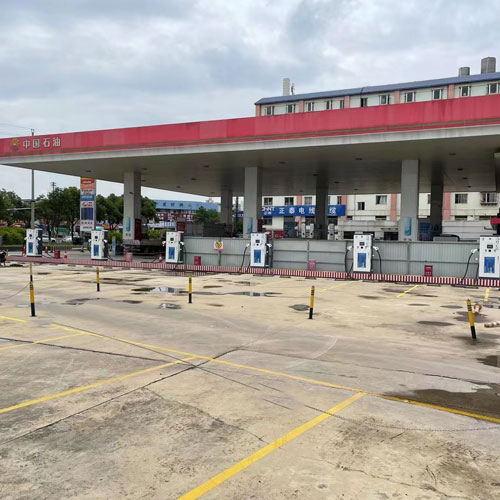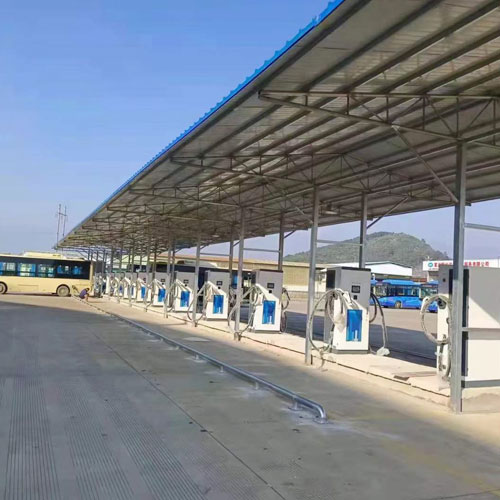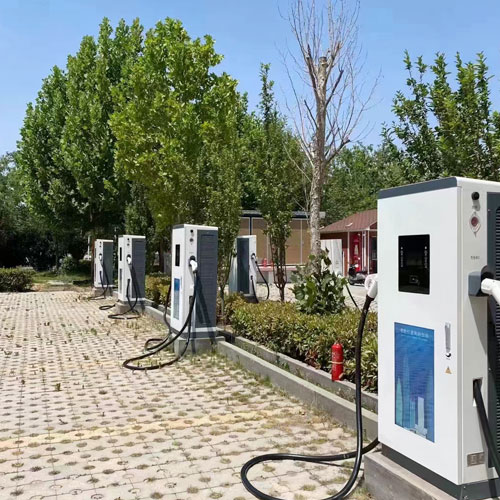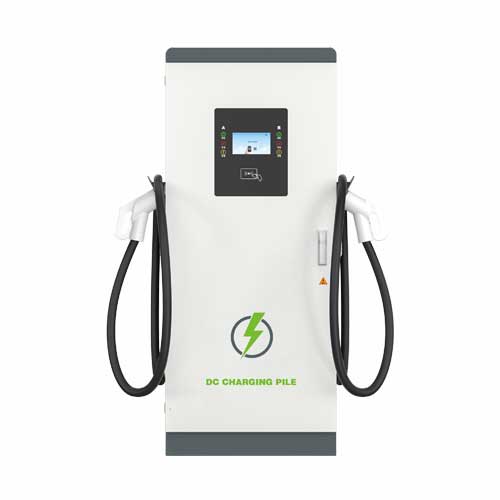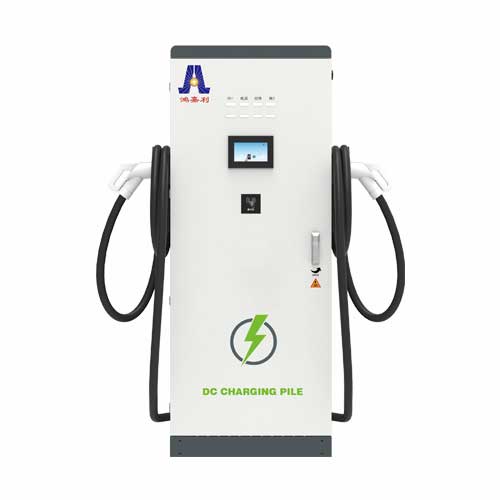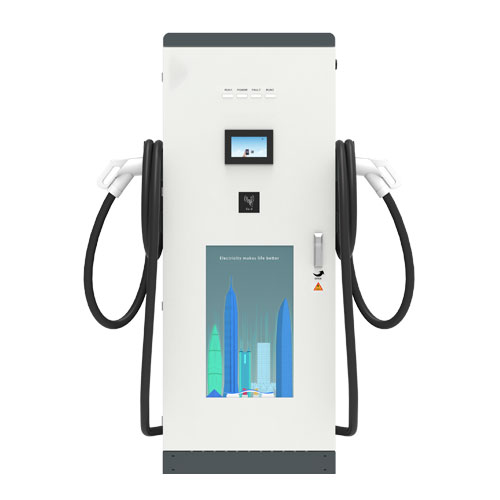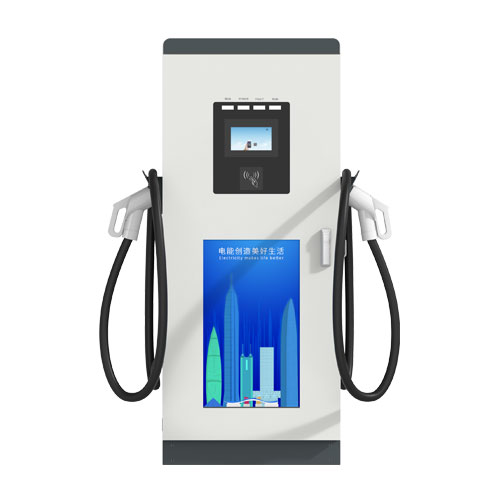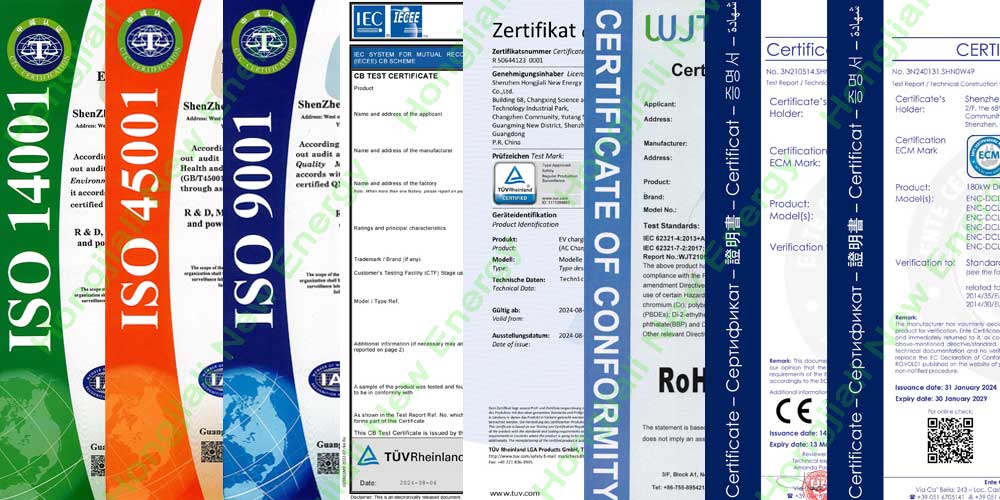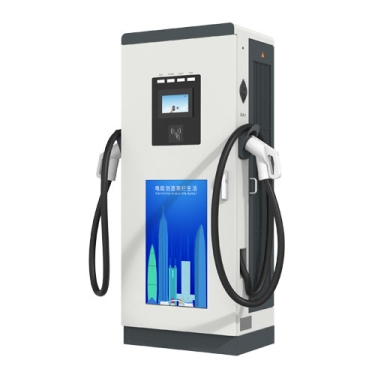The following is a detailed introduction to the bi-directional ev charger:
1. Working principle
The bi-directional charger uses an active rectifier to reverse the battery power back to AC power so that the energy can be output elsewhere. The design of these chargers is different from traditional unidirectional chargers and provides multiple advantages depending on the application. The bidirectional charger provides AC/DC charging in one direction and DC/AC (inverter) in the other direction. The bi-directional charger includes two power stages: AC/DC power factor correction (PFC) stage and DC/DC stage.
2. Functional characteristics
2.1. Bidirectional charging and discharging
The most notable feature of the bi-directional charger is that it can achieve bidirectional flow of electrical energy, that is, it can convert the AC power of the power grid into DC power to charge electric vehicles, and it can also invert the DC power of the electric vehicle battery into AC power and output it to the power grid or other equipment. This improves energy utilization.
2.2. Stepless Regulation
Bi-directional chargers usually have stepless regulation functions, which can accurately control the charging current and voltage to avoid overcharging or undercharging, thereby extending the battery life.
2.3. Efficient Charging
Due to the use of advanced electronic technology and components, bi-directional chargers have high charging efficiency, can reduce energy loss and shorten charging time.
2.4. Multiple Charging Modes
Bi-directional chargers can select different charging modes, such as constant current charging, constant voltage charging, etc., according to different types of batteries and charging requirements, which enhances the applicability of the equipment.
3. Application Scenarios
3.1. EV Charging Stations
Ev charging stations usually need to charge electric vehicles quickly and efficiently, and bi-directional chargers can meet this demand.
3.2. Home Backup Power Supply
In the event of a power outage or emergency, home backup power supplies need to provide power support for home appliances. Bi-directional chargers can be used as part of home backup power supplies to achieve bidirectional flow and storage of electrical energy. In addition, through smart charging technology, V2H (vehicle to home) can be used to charge electric vehicles when power demand is low, while providing power to homes when electricity prices are high, thereby saving energy costs.
3.3. Solar energy storage system
The solar energy storage system needs to convert solar energy into electrical energy and store it. The bi-directional charger can be used as one of the core components of the solar energy storage system to achieve bidirectional flow and efficient use of electrical energy.
4. Precautions
4.1. Compatibility
When choosing a bi-directional charger, you need to pay attention to whether it is compatible with the battery type and specifications of the electric vehicle.
4.2. Safety
The installation, use and maintenance of the bi-directional charger need to comply with relevant safety standards and specifications to ensure the safety of personnel and equipment.
4.3. Regulations and policies
Different countries and regions may have different regulations and policies on electric vehicle charging equipment. Therefore, when selecting and using a bidirectional charger, you need to understand and comply with local regulations and policies.
5. Bi-directional ev charger project
